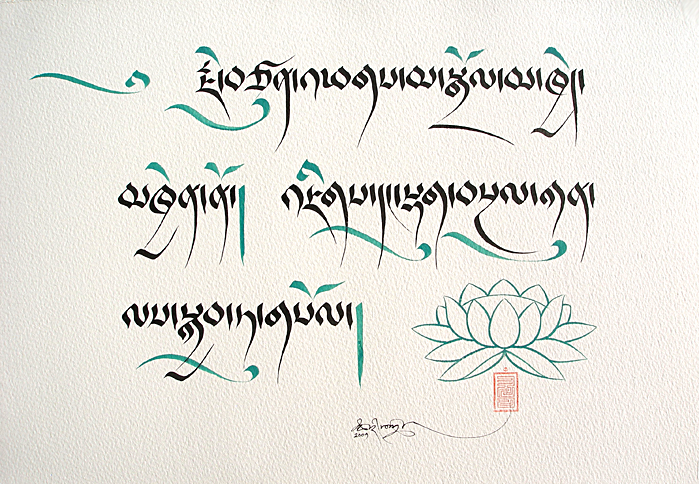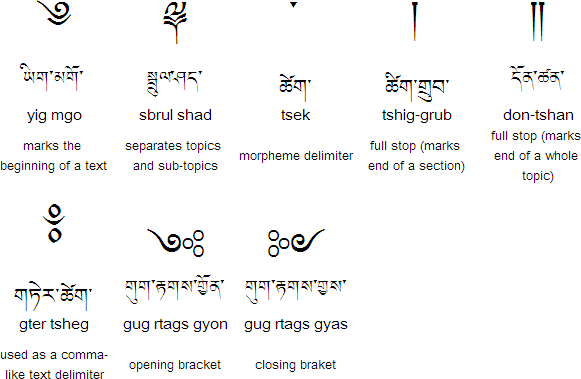

Syllables are separated by a tsek (་) since many Tibetan words are monosyllabic, this mark often functions almost as a space. The Tibetan alphabet has thirty basic letters, sometimes known as "radicals", for consonants. As in other Indic scripts, each consonant letter assumes an inherent vowel in the Tibetan script it is /a/. The letter ཨ is also the base for dependent vowel marks.Īlthough some Tibetan dialects are tonal, the language had no tone at the time of the script's invention, and there are no dedicated symbols for tone. However, since tones developed from segmental features, they can usually be correctly predicted by the archaic spelling of Tibetan words. Tibetan map of the Kizil Caves, Tarim Basin. One aspect of the Tibetan script is that the consonants can be written either as radicals or they can be written in other forms, such as subscript and superscript forming consonant clusters. To understand how this works, one can look at the radical ཀ /ka/ and see what happens when it becomes ཀྲ /kra/ or རྐ /rka/.

In both cases, the symbol for ཀ /ka/ is used, but when the ར /ra/ is in the middle of the consonant and vowel, it is added as a subscript. On the other hand, when the ར /ra/ comes before the consonant and vowel, it is added as a superscript.

ར /ra/ actually changes form when it is above most other consonants thus རྐ rka. However, an exception to this is the cluster རྙ /rɲa/. Similarly, the consonants ཝ /wa/, ར /ra/, and ཡ /ja/ change form when they are beneath other consonants thus ཀྭ /kwa/ ཀྲ /kra/ ཀྱ /kja/.īesides being written as subscripts and superscripts, some consonants can also be placed in prescript, postscript, or post-postscript positions.


 0 kommentar(er)
0 kommentar(er)
